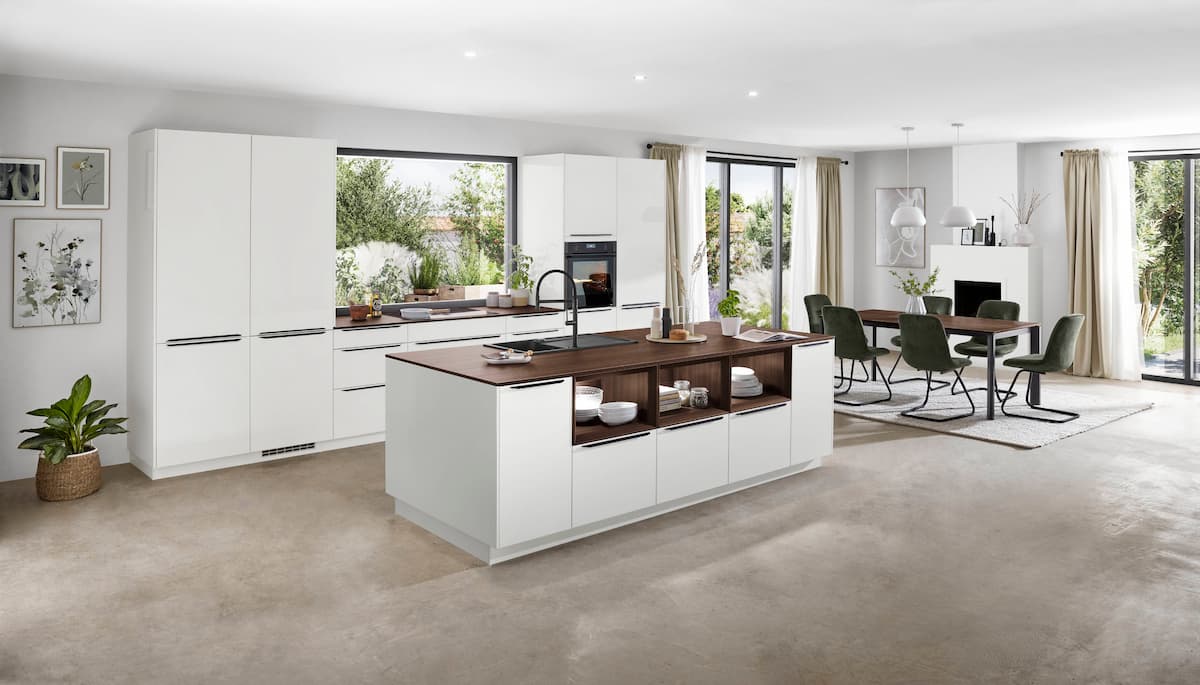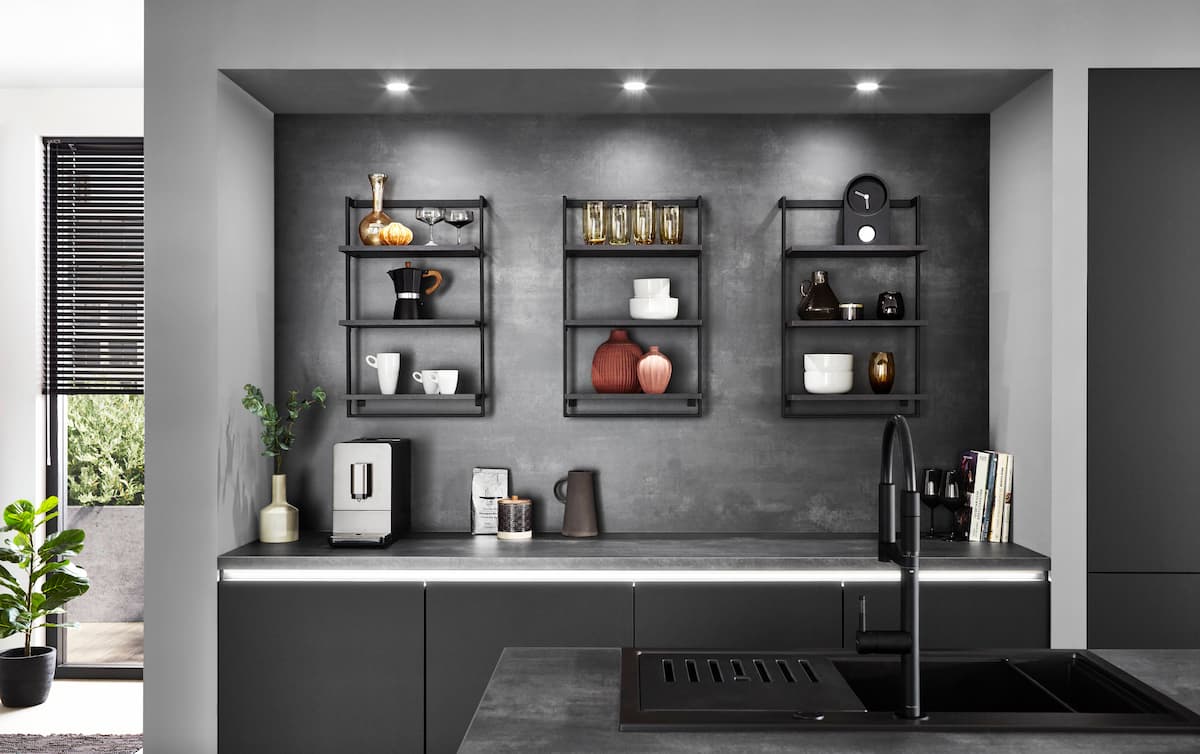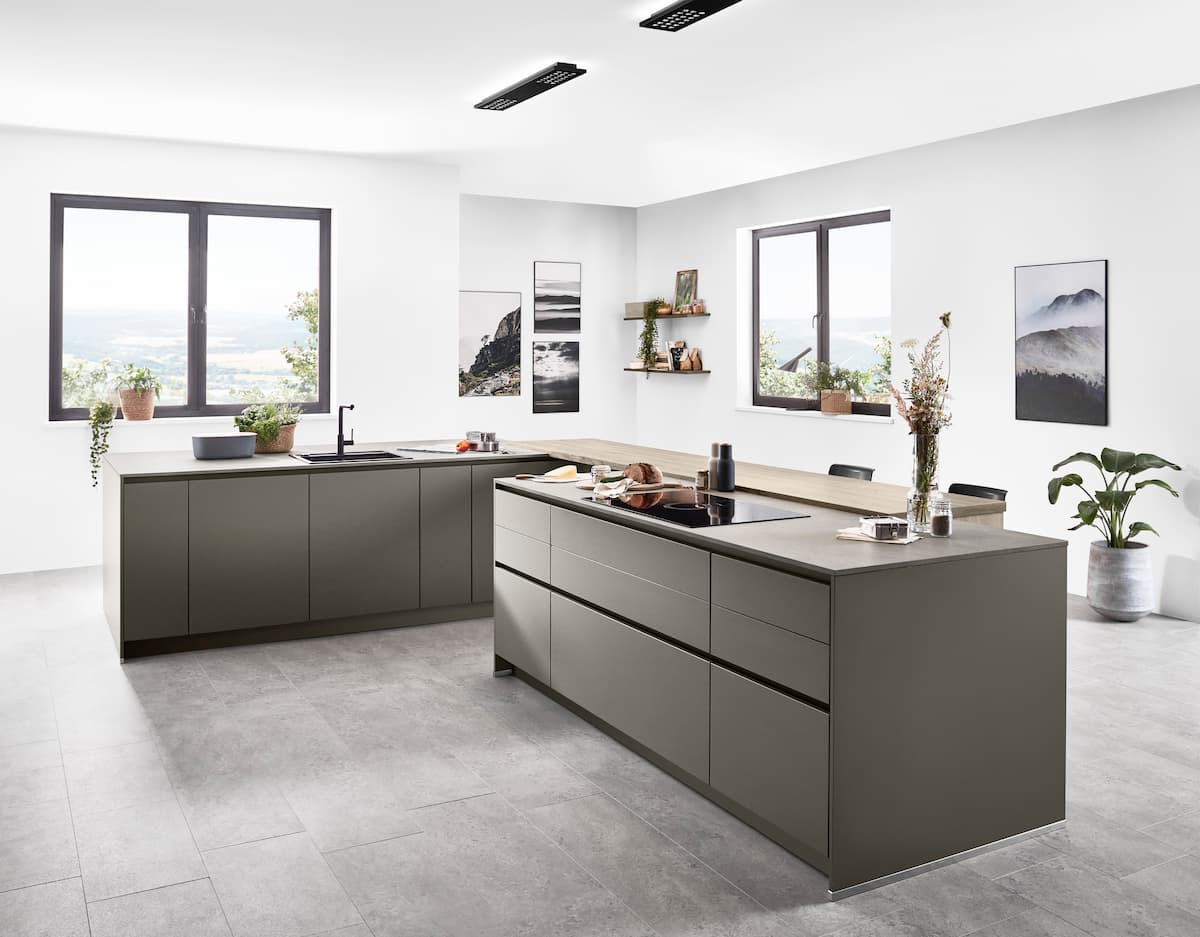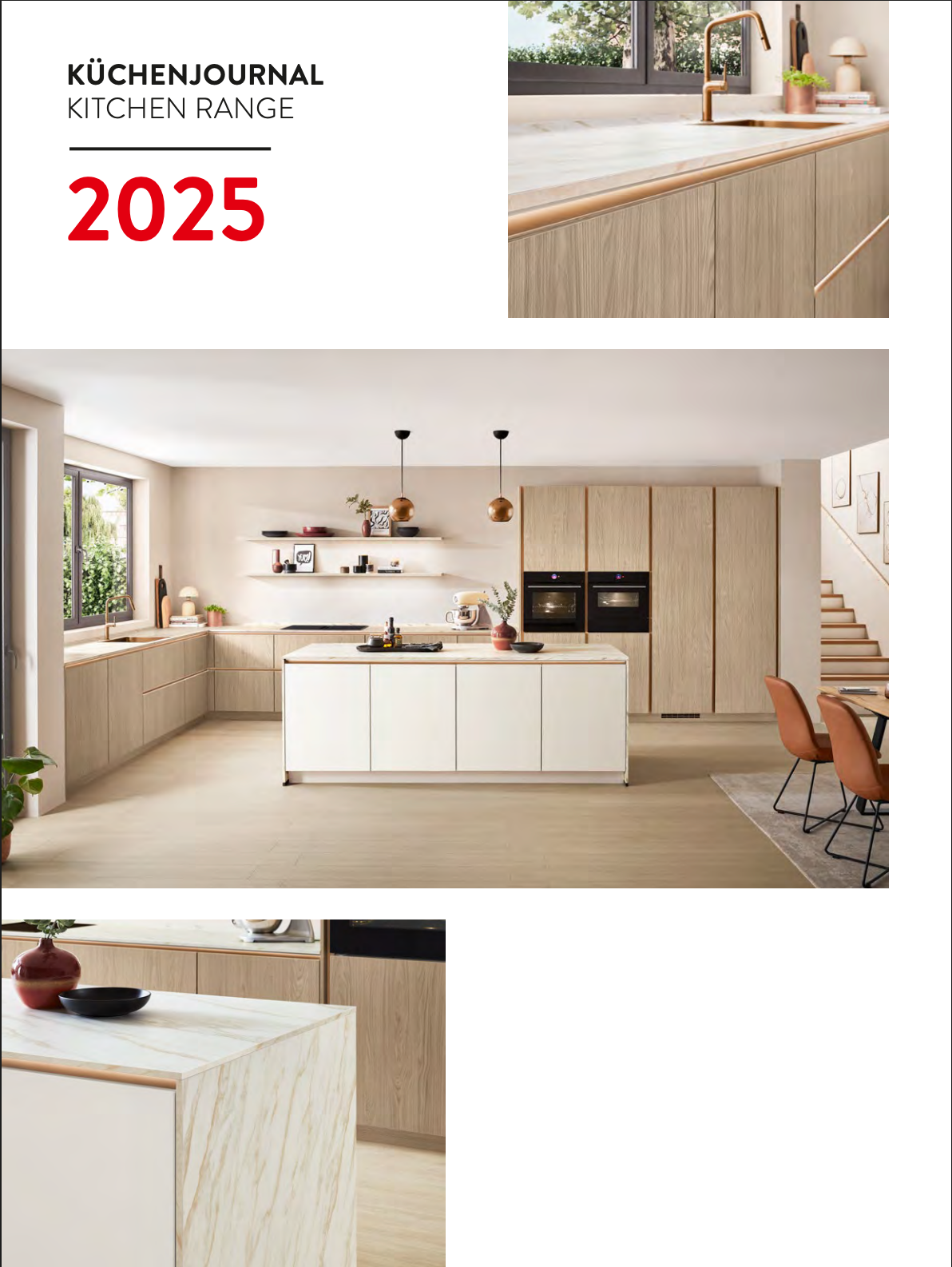
Over the past few years, there have been radical changes in the global environment. Due to either the energy crisis or global warming, many people are turning to environmental conservation in various ways, such as reducing plastic waste, saving energy, and minimizing the consumption of resources. The push for sustainability and environmental consciousness at all levels of society has transformed industries. Another rapidly growing trend in environmental care is eco kitchen design.
Eco kitchen design is driven by heightened awareness of environmental issues and the desire to lead a more sustainable lifestyle. In this article, we explore the emerging eco kitchen design trends expected in 2024 and the reasons behind their popularity. We also discuss the best materials for creating an eco kitchen and practical tips for making your entire home more environmentally friendly.
Why Eco Kitchen Designs Are a Popular Choice?
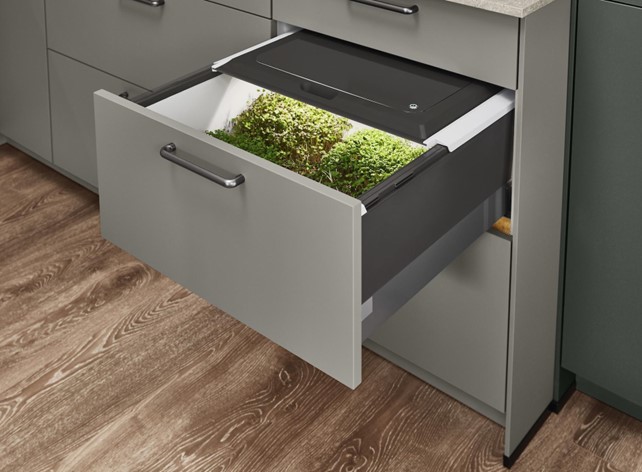
Today’s approach to house design prioritizes sustainability and energy efficiency more than ever. This shift is driven by the following:
Environmental Consciousness
Eco kitchen designs are gaining popularity as people become increasingly concerned about the environment. Individuals are now prioritizing environmentally friendly options to minimize their carbon footprint, contributing to a healthier planet by reducing their environmental impact.
Health Benefits
People have become more focused on health since the epidemic. Materials used in eco kitchen designs are often non-toxic and promote indoor air quality. This focus on health is driving homeowners to choose eco-friendly options for their kitchens.
Energy Efficiency
Eco-friendly kitchen appliances and designs are crafted to be energy-efficient, leading to reduced electricity consumption and lower utility bills over time. This commitment to sustainability aligns with the global initiative to address climate change.
Long-term Cost Savings
Although eco kitchen designs may involve a higher initial investment, the long-term savings on energy bills and maintenance costs make them a financially viable and appealing option for homeowners.
Market Demand and Property Values
The real estate market is experiencing a surge in demand for environmentally friendly homes. Incorporating sustainable kitchen designs not only aligns with current market trends but also increases the overall value of the property.
Eco Kitchen Design Trends in 2024
The trend toward sustainability is likely to persist in 2024, and we anticipate greater integration of environmentally friendly concepts into construction and accommodation. Even the kitchen will need to undergo updates to enhance energy efficiency and protect the environment.
Eco-friendly Materials
Homeowners are increasingly prioritizing the use of environmentally friendly materials. In 2024, recycled and reused materials, such as recycled glass, reclaimed wood, cork, and natural elements like bamboo, are expected to gain popularity. Durable materials with a long service life, such as stainless steel, not only benefit the environment but also lend a unique blend of vintage and modern aesthetics to the kitchen.
Vertical Gardens and Herb Walls
Vertical gardens and herb walls are becoming more popular, offering a way to integrate nature into homes. During 2024, many homes will have more vertical gardens and herb walls built into their eco kitchen design. These not only add greenery to the kitchen but also promote fresh, homegrown produce, reducing the need for additional packaging and transportation.
Water-saving Fixtures
The growing popularity of water-saving faucets and dishwashers means people are becoming more aware of the value of water, especially those who do not have access to safe drinking water. As a result, there is a greater emphasis on water conservation. These fixtures play an important role in water conservation, lowering both the environmental impact and utility bills.
Energy-efficient Lighting
Eco kitchen designs are increasingly incorporating energy-efficient lighting, such as LED fixtures. These not only save energy but also provide better lighting for kitchen tasks. Kitchens will also be designed so that they can use solar energy during the day or at night to reduce energy consumption.
Smart Alliance
Smart Alliance is becoming a necessity rather than a luxury. In 2024, kitchen technology is likely to make cooking more personal and convenient than ever before, with new ways to interact with appliances. Artificial intelligence, or AI, will also be increasingly used in Smart Home technology to meet human needs on a daily basis.

Best Materials for Eco Kitchen Designs
Bamboo
Bamboo is a sustainable and fast-growing material suitable for flooring, cabinets, and countertops. Its durability and renewable nature make it an environmentally friendly alternative to traditional wood.
Recycled Glass
The use of recycled glass for countertops and backsplashes creates a unique kitchen aesthetic, reducing waste while providing a strong, heat-resistant surface.
Cork
Cork flooring is not only comfortable but also environmentally friendly. It is a renewable resource obtained from the bark of cork oak trees and regenerates without harming the tree.
Stainless Steel
Stainless steel is a popular material for eco kitchen appliances, countertops, and sinks due to its durability and recycling capability. It is corrosion-resistant and simple to maintain.
Reclaimed wood, sourced from old buildings or furniture, adds character to eco-friendly kitchens. It reduces the demand for new timber while encouraging sustainable forestry practices.
Non-toxic Finishes
The choice of a non-toxic finish is an important step toward a greener, healthier lifestyle. Low-VOC paints, natural oils, and beeswax are expected to become increasingly popular in 2024 because they are environmentally friendly. The use of these materials also reduces air pollution, mitigating the potential health risks associated with traditional finishes while providing a visually appealing and functional kitchen space.
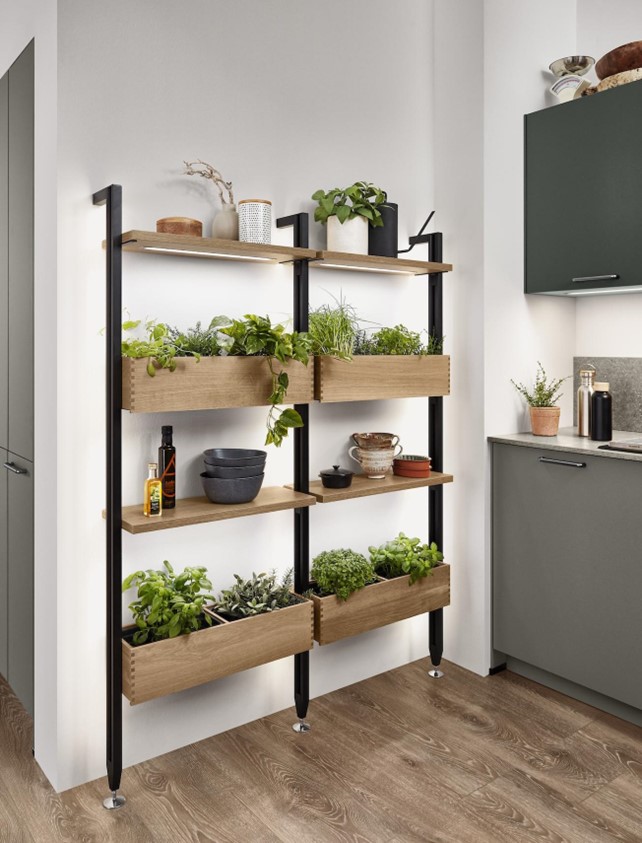
Tips for Making an Eco-friendly Home
Making your home more environmentally friendly can begin by adopting the following simple methods.
Energy Audit
An energy audit is crucial for improving the home’s environmental sustainability. Therefore, one of the first things you can do to make your home eco-friendly is to monitor and reduce the amount of energy used. This could start with insulating walls, windows, and doors to decrease energy consumption.
Switch to Renewable Energy
While installing solar panels and other alternative energy sources can be costly, it can help reduce long-term energy costs and decrease your carbon footprint, a major contributor to environmental issues.
Waste Reduction and Recycling
Implementing a recycling system at home can help reduce waste. You can help to decrease the amount of waste that ends up in landfills by minimizing your use of single-use plastics, composting kitchen waste, and recycling materials.
Water Conservation
To conserve water, install water-efficient fixtures and appliances in your kitchen and bathroom. Collect rainwater to water plants, and use an energy-efficient dishwasher.
Natural Ventilation
Design your home for optimal natural ventilation. This reduces the need for artificial cooling while also enhancing indoor air quality.
German Kitchen Design: We Design for Functionality and Sustainability
German Kitchen Design prioritizes functionality and sustainability, seamlessly blending cutting-edge innovation with a commitment to environmental stewardship. Renowned for precision engineering and meticulous attention to detail, German kitchens are crafted to enhance the efficiency of your culinary space while maintaining a sleek and modern style. Our eco kitchen designs effortlessly combine form and function, emphasizing high-quality materials and environmentally sustainable techniques.
Every element is thoughtfully selected to create a harmonious and enduring kitchen atmosphere, ensuring that your cooking space not only meets the highest performance standards but also minimizes the environmental impact. Experience the perfect union of style and sustainability with a German kitchen design, where each component is intentionally designed to offer the best cooking experience.
Conclusion
Environmental consciousness, health benefits, energy efficiency, long-term cost savings, and market demand are all expected to drive eco kitchen design trends in 2024. These trends include the use of environmentally friendly materials, such as recycled glass, reclaimed wood, cork, and natural elements like bamboo, which promote indoor air quality and reduce energy consumption. Vertical gardens and herb walls are popular ways to integrate nature into homes, while water-saving fixtures and energy-efficient lighting are becoming increasingly popular in eco kitchen designs.
Smart Alliance technology will become a requirement in 2024, making cooking more personal and efficient. Bamboo is a sustainable and rapidly growing material appropriate for flooring, cabinets, and countertops, while recycled glass adds a distinct style. Cork flooring is a renewable material derived from the bark of cork oak trees and regenerates without damaging the tree. Stainless steel is a popular material for eco-friendly kitchen equipment, countertops, and sinks because of its durability and recycling potential. Reclaimed wood gives character to eco-friendly kitchens, lowering the need for new timber and encouraging sustainable forestry practices.
In 2024, non-toxic finishes such as low-VOC paints, natural oils, and beeswax are likely to gain popularity. Making your home more environmentally friendly can start with basic steps like performing an energy audit, switching to renewable energy sources, reducing trash and recycling, conserving water, and designing for optimal natural ventilation. By following these trends, you can create a more sustainable, eco-friendly kitchen that helps both you and the environment.
Functionality and sustainability are seamlessly integrated into German kitchen design, which also embraces innovation and environmental responsibility. Its sleek, modern designs utilize high-quality materials and eco-friendly procedures, yielding maximum efficiency and minimal environmental impact. Each component has been meticulously chosen to deliver the finest eco kitchen design to complement an unparalleled cooking experience.
Experience sustainability with an eco-friendly kitchen at German Kitchen Design, where we are dedicated to designing German-style kitchens that are good for the environment. To help improve the natural world, contact us for more details here.

